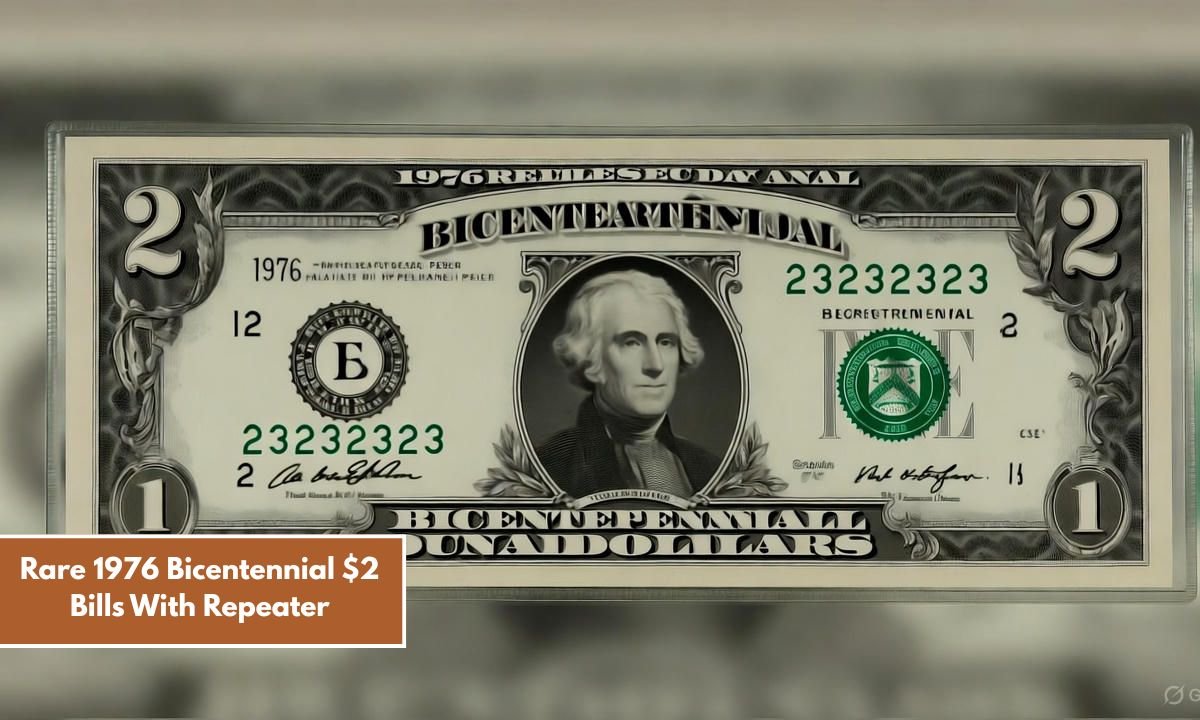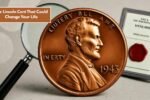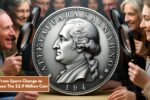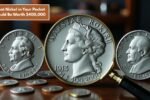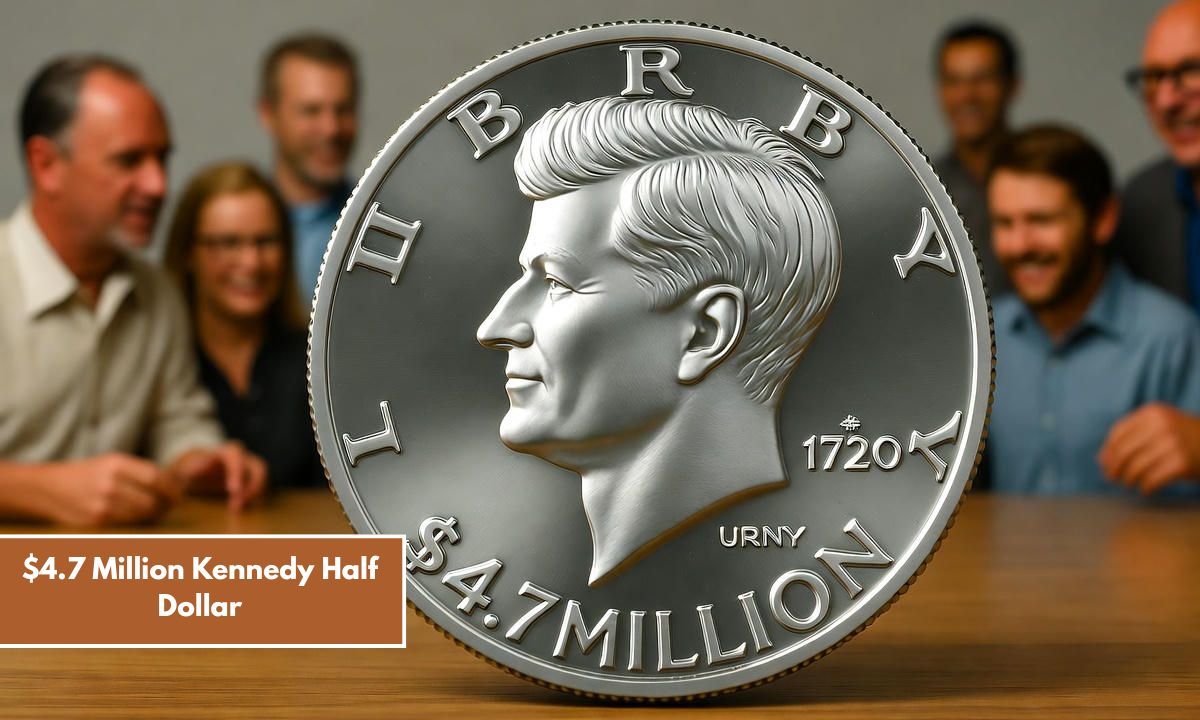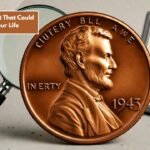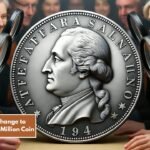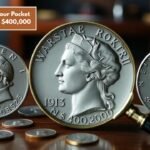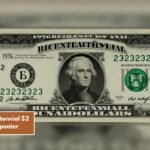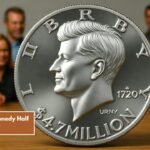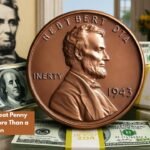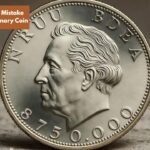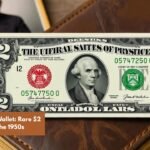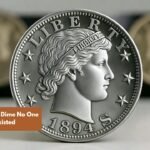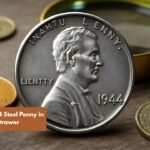If you’ve ever come across an old $2 bill from 1976, you might want to take a closer look before spending it. Some of these bills, especially those with unique repeater serial numbers, are turning out to be worth a small fortune. Let’s dive into why these Bicentennial $2 bills are special and how you can spot one that might be hiding a treasure.
What Makes the 1976 $2 Bill Special
The 1976 $2 bill was released to celebrate America’s Bicentennial — the 200th anniversary of U.S. independence. The bill features Thomas Jefferson on the front and the signing of the Declaration of Independence on the back. It was reintroduced after being out of circulation for a while, making it an instant collector’s favorite.
The Meaning of “Repeater Serial Numbers”
Repeater serial numbers are exactly what they sound like — numbers that repeat in a pattern. For example, a bill with the serial number 12341234 or 56565656 is known as a repeater. These patterns make bills more visually appealing and much rarer.
Collectors love such bills because they are unusual and stand out from normal serial numbers. The more balanced and repeated the pattern, the higher the value.
Why Repeater Serial Numbers Increase Value
Think of it like a vanity license plate — anyone can have random numbers, but special patterns are rare and desirable. Repeater serial numbers make a bill unique, and rarity always drives value in the collecting world. When this rarity is combined with a historic release like the 1976 Bicentennial issue, the value can skyrocket.
How to Identify a Rare Repeater $2 Bill
Finding one of these bills is easier than you might think. Just look at the eight-digit serial number printed on the bill. If you see a repeating sequence such as:
- 23232323
- 45454545
- 98989898
you’ve got a repeater!
Make sure the bill is in good condition too. Even small creases or stains can reduce its value.
Value of a 1976 Bicentennial $2 Bill
While regular 1976 $2 bills are often only worth a few dollars, the rarity of the serial number can make all the difference.
- A common $2 bill might be worth around $2–$5.
- A crisp, uncirculated repeater serial number could fetch hundreds.
- If it has both a repeater pattern and an error or unique printing feature, collectors might pay thousands.
Condition Matters
Collectors use a grading system to judge condition. The highest grade, “Gem Uncirculated,” means the bill looks brand new with no folds or marks. Bills in such perfect condition always command top prices. So, if your 1976 repeater $2 bill looks flawless, don’t fold it — store it carefully!
Star Notes and Repeater Combo
If your 1976 $2 bill also has a star symbol (*) next to the serial number, it’s called a star note. A star note with a repeater pattern is even rarer — this combo can multiply the bill’s value significantly.
Where to Sell or Get It Appraised
If you think you own a valuable 1976 repeater $2 bill, don’t rush to spend it. Instead, take it to:
- A currency dealer or coin shop
- Online auction sites like eBay or Heritage Auctions
- A currency grading service like PMG or PCGS
They can help verify authenticity and determine the exact market value.
Tips for Collectors
If you’re new to paper money collecting, here are some quick tips:
- Always handle bills carefully — use clean hands or gloves.
- Keep them flat and protected in clear plastic sleeves.
- Avoid folding or writing on them.
- Record details like the serial number and grade.
Over time, well-preserved bills can increase dramatically in value.
Are All 1976 $2 Bills Valuable?
Not necessarily. Millions were printed, so most are still worth face value. However, special features like rare serial numbers, star notes, or errors are what make certain bills stand out and become collector’s items.
Conclusion
The 1976 Bicentennial $2 bill isn’t just a piece of paper — it’s a slice of American history. When paired with repeater serial numbers, it transforms into a rare collectible that can fetch a surprising amount of money. So, before you use that old $2 bill, take a good look at its serial number — you might just be holding a fortune in your hands.
FAQs
What is a repeater serial number on a $2 bill?
A repeater serial number is one where digits repeat in a pattern, like 12121212 or 34343434.
How much is a 1976 repeater $2 bill worth?
Depending on condition and pattern, it can range from a few hundred to several thousand dollars.
Are all 1976 $2 bills rare?
No, only those with unique features such as special serial numbers, star notes, or printing errors hold extra value.
How can I protect my collectible $2 bills?
Store them flat in a protective sleeve and handle them with clean hands or gloves.
Where can I sell rare $2 bills?
You can sell them to coin shops, currency dealers, or online auction sites like eBay.
